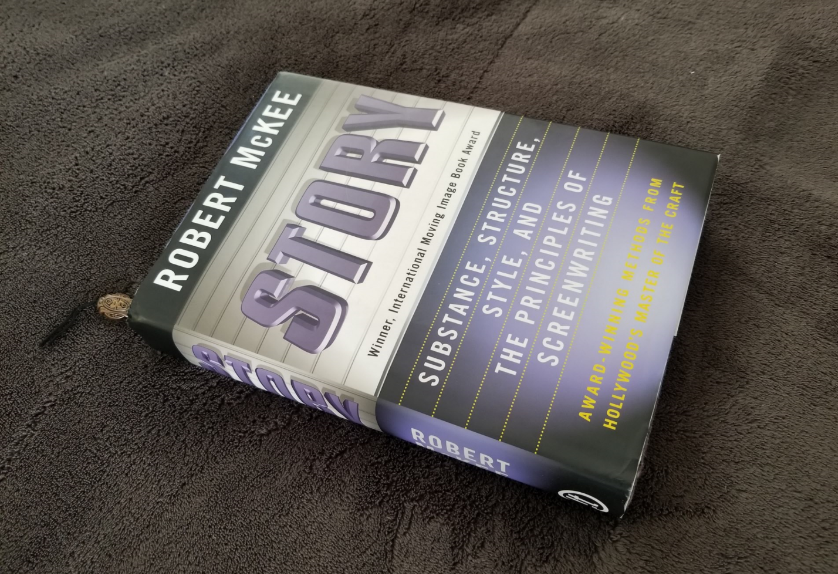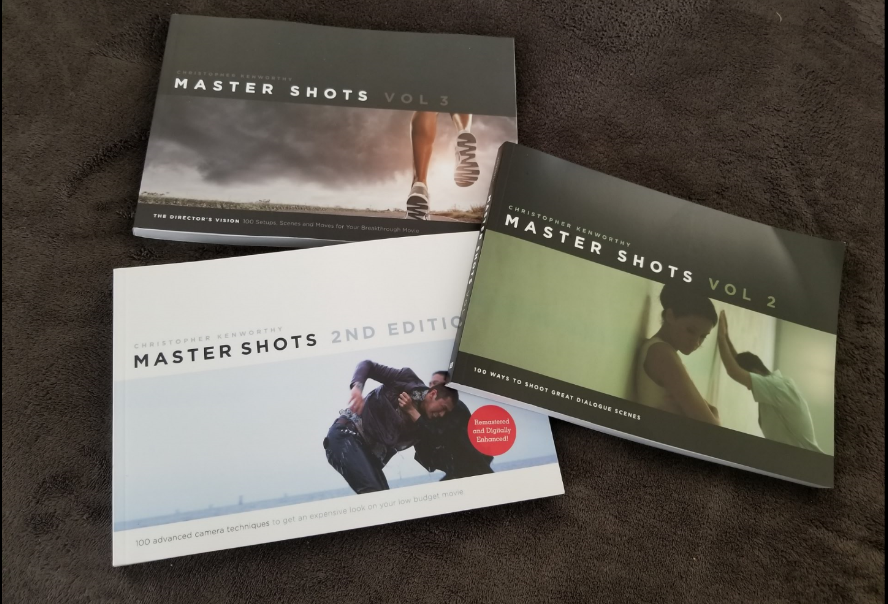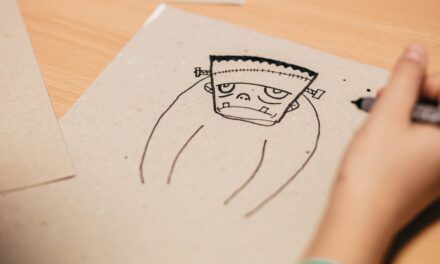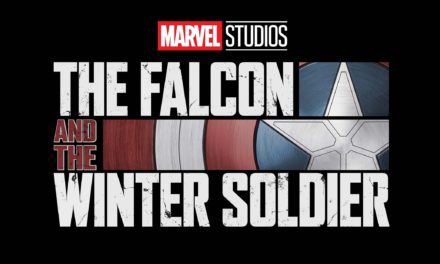Trust the Process
As you venture more deeply into the videography field, you start to realize that there is so much to learn and new ways to advance your knowledge beyond the basic camera skills that you will learn within the video courses for your major in Digital Media. You begin to realize that you seek a specific look in your film. The look you are seeking is the highly prized, “Film Look.” This look is what the professional spends numerous amounts of money on because it gives the most pleasing presentation to the eye. So how do you expand your knowledge of cameras to remove yourself from a novice to an intermediate or professional? You start with dissecting the many valuable parts of film. I will tell what four key areas are needed to take your work to the next level. The four areas of focus are videography books, tutorials, color grading and studying film. These key areas will have you going beyond the basics to a level where your work will have not only your vision but your artistic style.
Books
This area of studying is probably the most overlooked because it requires reading. Many of us feel reading is not worth our time because it is simply boring. It just isn’t as entertaining like television can be. However, it has the most benefit for the filmmaker. Books have valuable resources and principles that develop the creative mind. Also, projects that you can work on to develop your skillset. For those of you who just can’t get into reading books, try audio books. It is a version of learning that has gained a steadily increased popularity over time. I personally, have just purchased a volume series called, “Master Shots” by Christopher Kenworthy that investigates the different techniques filmmakers use to create their spectacular work. I also have been reading, “Story “by Robert McKee. I recommend these two books for going beyond the basics of filmmaking because it will help mold you into the director that you wish to become.
Tutorials
If it hasn’t been said enough, YouTube is a valuable resource for filmmakers because it allows you to see different techniques and learn methods of trouble shooting that you can’t get come from simply reading. It involves everyday people going out and exploring the techniques and you get to see firsthand how a shot or scene looks without doing it. This cuts down on learning time, but the negative effect is that you aren’t gaining real world experience when you don’t apply it to a project or idea of your own. I recommend after watching a video of a different scene to go and shoot something similar that way you know firsthand how it works. So, that video can then become a visual reference for you to pair it up with. Tutorials on YouTube is how I begin to learn videography. I just watched tons of videos and then started to apply what I learned with real world applications. The reason why tutorials help you go beyond basic videography is because it requires you to analyze someone else’s ideas beyond your own. This critical thinking is needed when you are put in situations where you must examine a shot and see what works in real time. If you are serious about videography, start watching some camera techniques of lighting and videos from creators such as Freddie Wong who has a free online resource guide for the different aspects of camera operations. YouTube video Courtesy of Rocket Jump Film School
COLOR GRADING
To get that film look that the pros use, you must start getting into color grading. Color grading allows you to create a tone or mood for a video that helps translate the message of the film. I am just now getting into the advanced side of color grading because I know how crucial it is for a film. Most programs such as Adobe Premiere comes with preset color grades that are categorized by the type of camera you own. The best way to use color grading is customizing it yourself. That way you can control how much color and contrast you wish to use for a video. A technique you can use Is to look at your favorite film such as the first Transformers movie and replicate the color grading. This movie has a very orange and blue color grade. This version of color grading is used most often in films because of the balance of colors next to each other. If you look at Sin City, notice the color grading is mostly black and white with colors of red for a comic book style. There are numerous versions of color grading examples out there. The most important part is seeing what style you like and designing your idea around it. Television shows such as sitcoms don’t usually use a color grade. However, television shows do use it. The best way to learn color grading is looking at resources online but manipulating the different chromatic wheels within your editing program will give you the best practice to learn and use this technique within your film.
STUDYING FILM
The best is saved for last. If you really want to learn ways to advance your videography and film techniques, you must study film. It is the only way. They are packed full of helpful hints and resources from the best of the best. Within film, there isn’t one person’s vision but many. It has audio scoring, video, lighting and scripted dialogue. All these and more come into play when you watch a film. Films will help you see why a certain method of filmmaking works. For example, in Jurassic Park, when the both children are trapped in the kitchen and the Velociraptors start chasing them. The scene direction and editing of that sequence is such an iconic piece of film. It has intense action moments driven by great acting and CG effects. Spielberg Works are great learning tutorials for film study because his work covers a vast number of genres and styles. Furthermore, if you wish to learn from the guy that set the standards for filmmakers today, learn from Alfred Hitchcock. His works and techniques were ahead of his time and created masterpieces along the lines of Psycho, Vertigo and The Birds. These are great films to study to see how he designed his works around not only the action but the sequences of dialogue that created these incredible films.
PRACTICE MAKES PERFECT
There is no fast way to learn to master any of these techniques and devices. It comes down to the love of the art. If you love filmmaking, overtime you will grow and get better. If you are looking for a quick fix to the art, you will surely be disappointed. I have been studying filmmaking for awhile and I learn something new every time I touch the camera. The first lesson in filmmaking is to know that you will never master the art, you will spend your lifetime studying and understanding the way to express a story that will hopefully affect millions one day. Filmmaking has many devices to learn but at the essence of videography is the human experience. How can you relate your vision to someone else’s walk-in life? The most important lesson is to know that you will make mistakes and fall head first when filming, it just comes with the territory. To understand filming, you must understand yourself. This is a philosophy that I believe when I design ideas and concepts through video. Videography is worth learning if you are fascinated by the films you watch and want to be a part of the process. By studying books, tutorials, color grading and films, you are leaps and bounds ahead of the regular novice who is looking for a cheat code to the art of filmmaking. Another important part to take away from this article is that you should have fun always. If you aren’t enjoying what you do, you will soon find it by the way side with the other projects and ideas you thought was easy. I hope you use the classes within the Digital Media Program to progress in your field of study and know that on the other side is your vision touching the hearts of the people throughout the world.
About The Author

Perry Ellis
Student - Spring 2018









